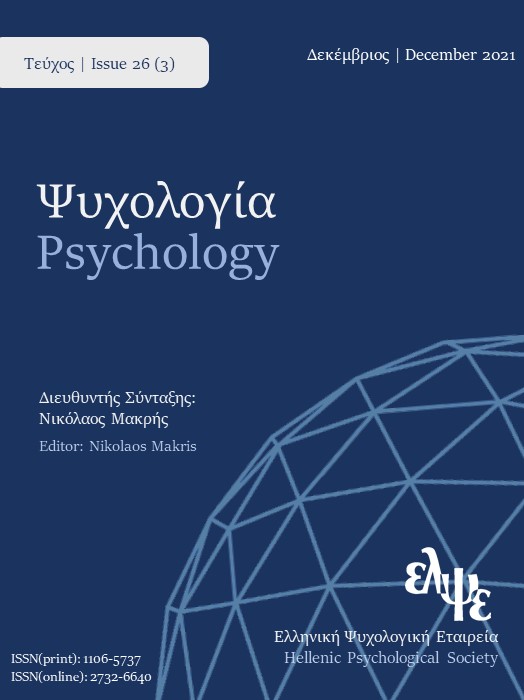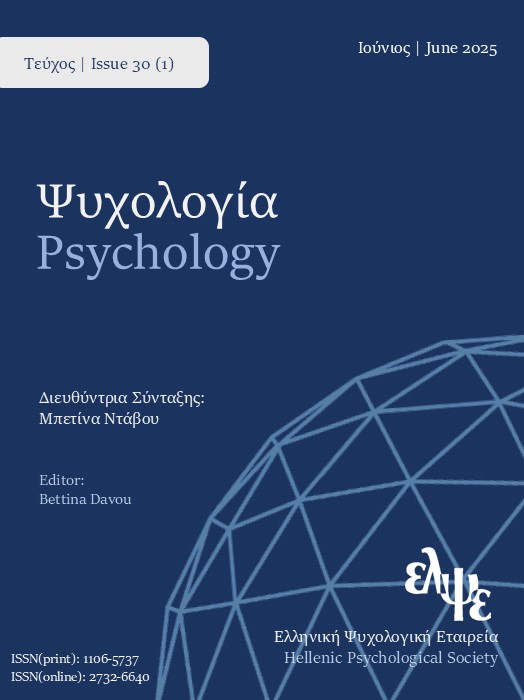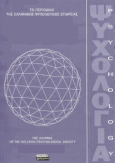Η κατασκευή του ετεροσεξισμού στο λόγο των νέων: το δίλημμα «κανονικότητας» και «δικαιωμάτων»

Περίληψη
Η μελέτη της προκατάληψης απέναντι στα ομοφυλόφιλα άτομα έχει αρχίσει να αποτελεί βασικό πεδίο κοινωνικο-ψυχολογικής έρευνας τα τελευταία χρόνια. Ένα σημαντικό κομμάτι της έρευνας προσπάθησε να εξετάσει τις αρνητικές, ομοφοβικές, στάσεις απέναντι στα ομοφυλόφιλα άτομα, καθώς και τις διάφορες μεταβλητές που φαίνεται να σχετίζονται με την ομοφοβία. Αν και η ερευνητική αυτή παράδοση έχει προσφέρει σημαντικά στη διερεύνηση του φαινομένου, νεότερες προσεγγίσεις βασισμένες στη στροφή στο λόγο στην κοινωνική ψυχολογία δίνουν έμφαση στην ύπαρξη διλημματικών απόψεων στην ευρύτερη κοινωνία. Το παρόν άρθρο αντλώντας από την ερευνητική παράδοση της ανάλυσης λόγου και των ιδεολογικών διλημμάτων εξετάζει τον τρόπο που άτομα στη μετεφηβική ηλικία, σε μια μικρή κωμόπολη της βόρειας Ελλάδας κατασκευάζουν στο λόγο τους την ομοφυλοφιλία. Υποστηρίζεται ότι συχνά οι συμμετέχοντες από τη μια χρησιμοποιούσαν διάφορες στρατηγικές για να αποποιηθούν την προκατάληψη απέναντι στην ομοφυλοφιλία, ενώ από την άλλη εξέφραζαν στο λόγο τους την αντίθεσή τους σε συγκεκριμένα δικαιώματα των ομοφυλοφίλων. Τα διλήμματα
αυτά εξετάζονται σε σχέση με τον τρόπο εκφοράς τους αλλά και σε σχέση με τις ιδεολογίες από τις οποίες φαίνεται να αντλούν.
Λεπτομέρειες άρθρου
- Πώς να δημιουργήσετε Αναφορές
-
Σαπουντζής Α., & Χατζηστεργίου Μ. (2020). Η κατασκευή του ετεροσεξισμού στο λόγο των νέων: το δίλημμα «κανονικότητας» και «δικαιωμάτων». Ψυχολογία: το περιοδικό της Ελληνικής Ψυχολογικής Εταιρείας, 20(1), 82–99. https://doi.org/10.12681/psy_hps.23521
- Τεύχος
- Τόμ. 20 Αρ. 1 (2013)
- Ενότητα
- ΕΜΠΕΙΡΙΚΕΣ ΕΡΓΑΣΙΕΣ

Αυτή η εργασία είναι αδειοδοτημένη υπό το Creative Commons Attribution-ShareAlike 4.0 International License.
Το περιοδικό ΨΥΧΟΛΟΓΙΑ έχει υιοθετήσει μία πολιτική Platinum open-access. Τα έξοδα υποβολής, επεξεργασίας ή δημοσίευσης των εργασιών καλύπτονται από την Ελληνική Ψυχολογική Εταιρεία. Τα πνευματικά δικαιώματα των δημοσιευμένων εργασιών προστατεύονται από την άδεια 'Creative Commons Attribution-ShareAlike 4.0 International'. Οι Συγγραφείς διατηρούν τα Πνευματικά Δικαιώματα και χορηγούν στο περιοδικό το δικαίωμα της πρώτης δημοσίευσης. Η άδεια αυτή επιτρέπει σε τρίτους, να χρησιμοποιούν την εργασία σε οποιαδήποτε μορφή, με την προϋπόθεση της διατήρησης των διατυπώσεων που προβλέπονται στην άδεια σχετικά με την αναφορά στον αρχικό δημιουργό και την αρχική δημοσίευση στο περιοδικό ΨΥΧΟΛΟΓΙΑ. Επιπλέον, κάθε διανομή της εργασίας οφείλει να γίνεται με τους ίδιους όρους διανομής, δηλαδή με την ίδια άδεια Creative Commons.








